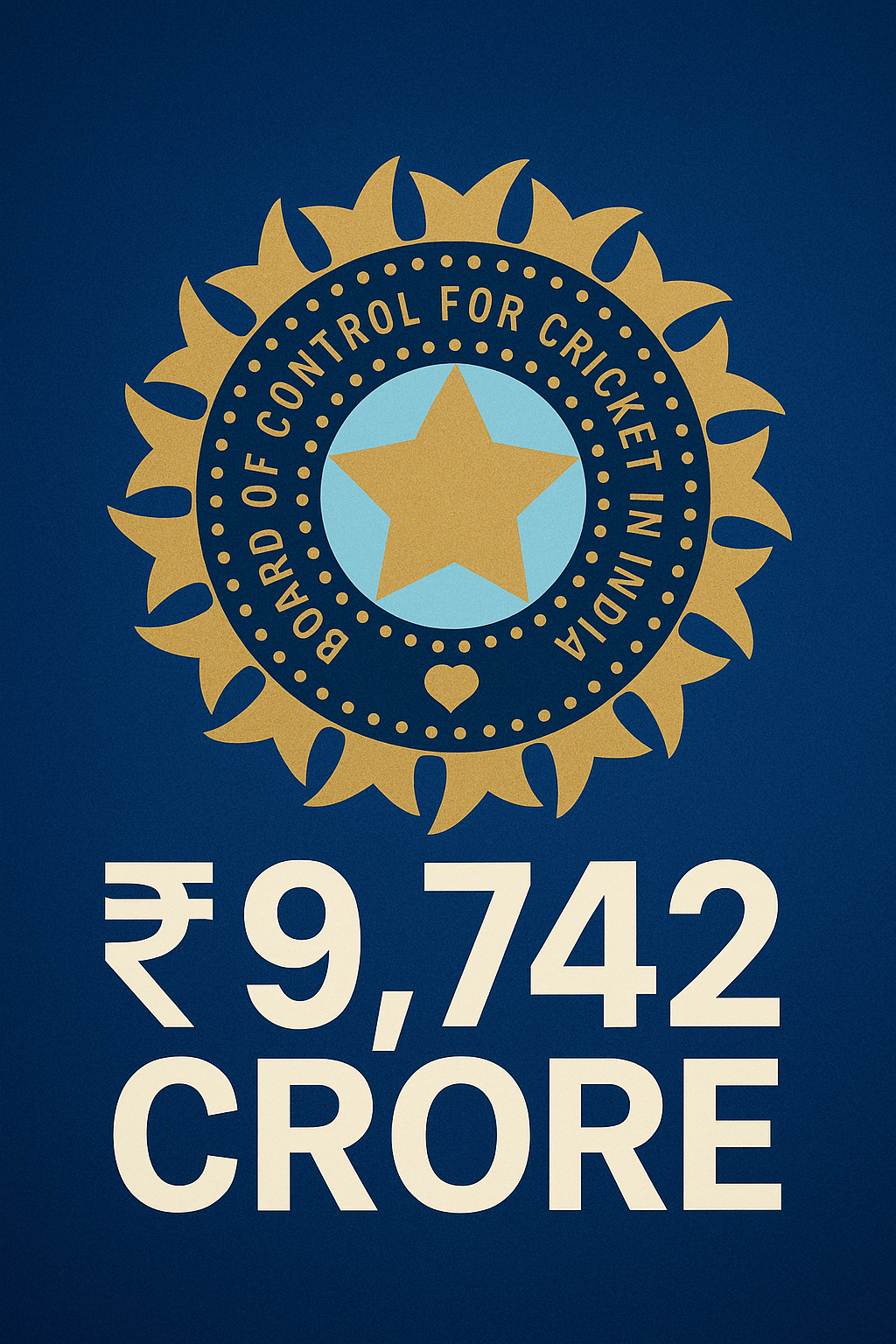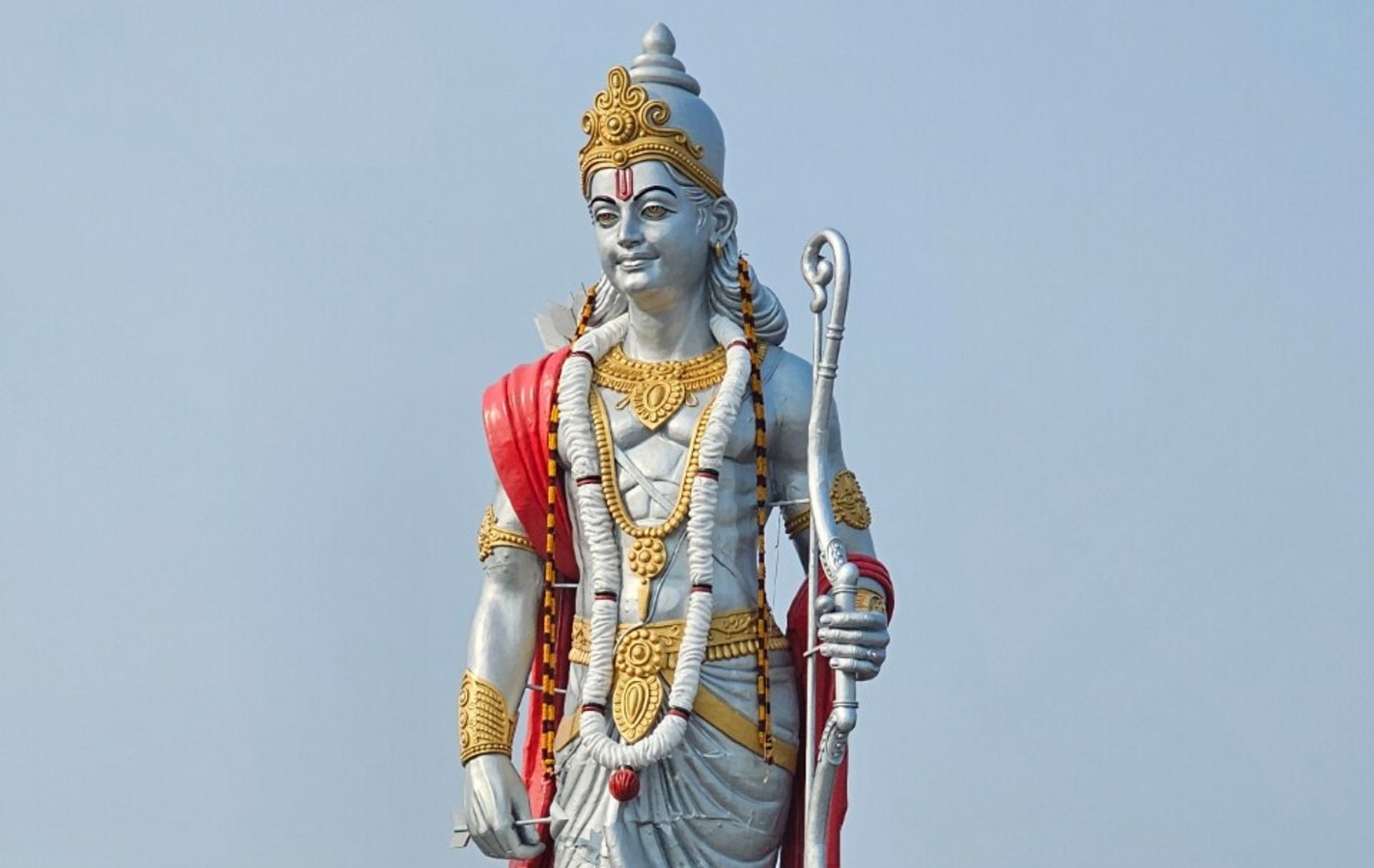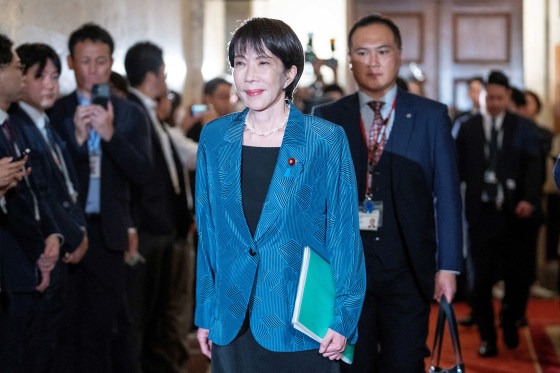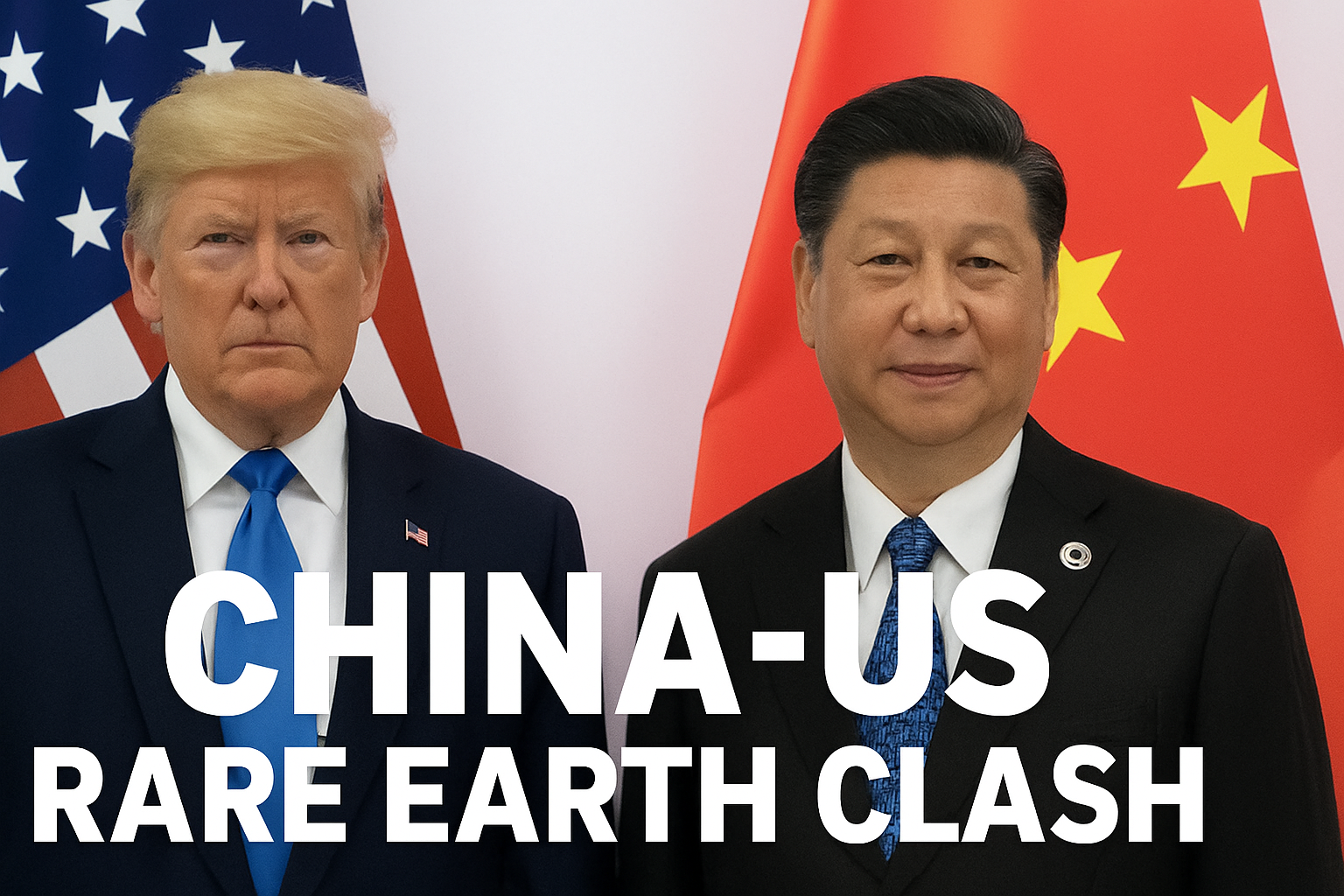
Under the floodlights of cricket’s global stage, no institution commands attention and revenue like the Board of Control for Cricket in India (BCCI). With a record-smashing revenue of ₹9,742 crore in the financial year 2023 to 2024, the BCCI has redefined what a cricket board can be in the 21st century.
This financial leap from ₹6,558 crore the previous year is no stroke of luck. It is the outcome of a deliberate and sharply executed strategy. The BCCI has learned to monetize the passion of 1.4 billion people who treat cricket not simply as a sport, but as a shared belief system, a daily ritual, and an enduring national identity. The Indian Premier League media rights alone, valued at ₹48,390 crore for the 2023 to 2027 cycle, contributed a commanding ₹5,761 crore this year. That accounts for nearly 60 percent of the board’s total income.
However, this is not a single-source success story. The BCCI’s rising share in the International Cricket Council's revenue, now at a dominant 38.5 percent, or approximately ₹2,000 crore annually, proves its expanding influence on the global stage. The logic behind this dominance is straightforward and impossible to ignore. More than 80 percent of the global cricket economy is powered by Indian viewership, sponsorship, and broadcast reach. The BCCI presented the case, the ICC acknowledged it, and the money followed.
The board’s financial acumen extends well beyond broadcasting. Interest earned from fixed deposits and other investments brought in ₹987 crore. This indicates that the BCCI is not only a sports governing body but also a smart financial institution. An additional ₹813 crore flowed in through bilateral cricket media rights. Even the relatively new Women’s Premier League contributed ₹378 crore, demonstrating that the BCCI’s foresight includes future-facing ventures. The five-year WPL media deal, worth ₹951 crore, underscores its potential.
What truly elevates the BCCI is its ability to convert mass emotion into economic force. Cricket in India is not merely a weekend activity. It is a collective heartbeat that echoes across age groups, geographies, and social divides. The BCCI has turned this energy into a business model. Through strategic scheduling, festival-season matches, widespread digital access, and relentless marketing, it has embedded cricket into the cultural and commercial fabric of the nation.
This financial empire was not passed down. It was built. While traditional boards in England and Australia still depend heavily on ICC grants, the BCCI’s independent strength allows it to steer conversations, calendars, and even formats. There is talk of adding a second leg to the IPL, expanding franchises, and ensuring that the global cricket calendar aligns with Indian viewership patterns.
The script of BCCI’s evolution continues to evolve. As streaming platforms compete and broadcasting ecosystems change, the BCCI may revise its revenue playbook. Yet one fact remains undisputed. On the world’s richest cricketing stage, the BCCI is not just a participant. It is the producer, the scriptwriter, and the star.




.jpeg)





.jpeg)



.jpeg)



.jpeg)
.jpeg)
.jpeg)
